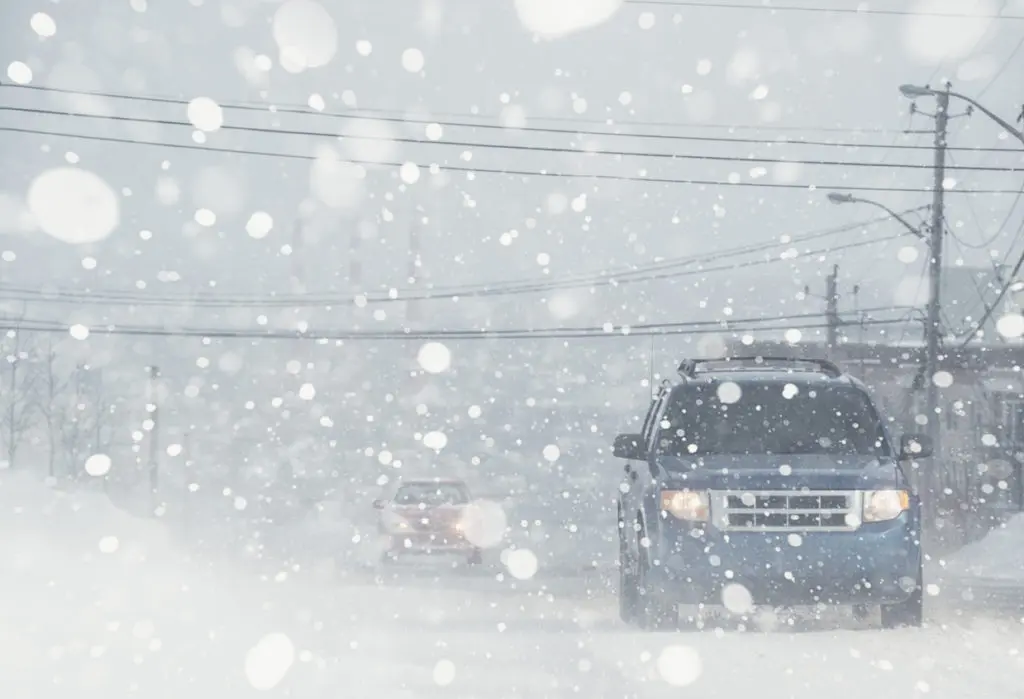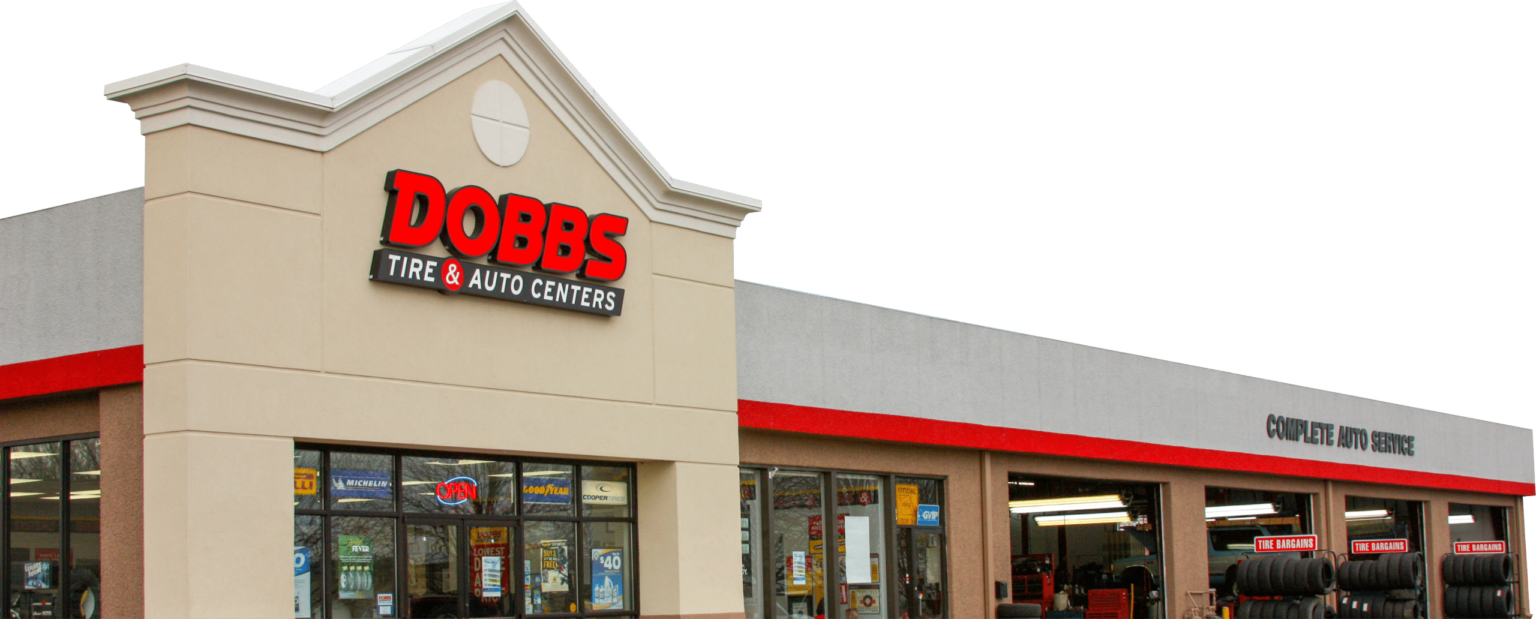Winter Driving Primer – Protect Yourself and Your Car.
Summer has come and gone, Fall is in high gear, and Winter is just around the corner. Are you ready for winter driving? Like ourselves, temperature extremes really put our cars to the test. The last thing you need is a breakdown in winter. A summer breakdown might be an annoyance, but a winter breakdown could be dangerous! Here’s how to get you and your car ready for winter driving.
Don’t Forget Your Fall Checkup
Actually, winter driving preparation starts right now, while it’s still nice enough for a light jacket. Fall is the perfect time to make sure your vehicle is ready for winter driving, and Dobbs Tire & Auto Centers makes your fall checkup convenient.
- General Checkup – Any good fall checkup is going to include a full check of your vehicle, such as brakes, steering, suspension, and air conditioning systems. If any of these are close to needing service, fix it before temperatures and poor road conditions push them beyond their limits. Faulty brakes could easily put you into a skid. Loose steering could become broken steering. A failing air conditioner won’t defog your windshield, severely impacting your visibility. Speaking of visibility, make sure your windshield wipers are in good condition as well.
Special Attention Required
In addition to the general fall checkup, there are a couple of systems that deserve special attention.
- Engine Cooling System – It may seem counterintuitive, but cooling systems are just as stressed in winter as in summer. You need the proper coolant mixture to prevent freezing and boiling. A 50/50 antifreeze/water mix will protect your engine from -34 °F to +265 °F, but water will only work from +32°F to +212 °F. Your technician can check the level of protection and for leaks in a few minutes. He can also check the cooling fan, drive belts, and radiator cap.
- Battery and Charging System – As temperatures drop, everything moves slower, just like you do when the bed is just too warm to get out of. A cold engine needs more energy to get started, but a battery that was “fine” in the summer may not budge in the winter. Be sure to get your battery and alternator checked for proper voltage and amperage output. If the system is weak, addressing it right now will prevent that inevitable “dead battery” excuse your boss won’t accept.
- Tires – The only thing keeping you from sliding off the road is about a square foot of rubber where your tires contact the road. In winter, two things happen to your tires: rubber gets harder and air pressure drops, both of which reduce traction. If you run all-season tires, they’ll serve you well in the few snow days we have here. If you do have to drive north in the winter, snow tires might be your best option. Check and adjust your tire pressure weekly.
First Thing in the Morning
When temperatures drop, it is tempting to “warm up the car” before getting in and driving it, but you have to be careful. True, you shouldn’t just start the engine and start driving it, especially after it’s been sitting all night or all day in freezing temperatures. Give your engine a few minutes to circulate oil and coolant and warm up a little, then you can start driving it. If you park in a garage, open the garage door before starting your car – carbon monoxide is deadly.
On the other hand, don’t start your car and let it run for 15 or 20 minutes to get the heater going. The problem is that fuel doesn’t evaporate as well in a cold engine. Because only vaporized fuel burns, the rest of it condenses on the walls of the cylinders, which drains into the oil and thins it out. Not only are you wasting fuel idling, but fuel-thinned oil can lead to accelerated wear or engine damage.
Even if you have a remote starter, the best thing for winter driving is to dress for the weather. Start the car and let it idle for no more than five minutes. If it has snowed, clean off your whole car, not just the windshield, and then you can start driving. The engine will warm up much faster while driving.
Winter Driving Tactics
As we mentioned, everything slows down in winter, and so should you, especially if there is snow, ice, or slush on the roads. Accelerating, decelerating, and turning will all take longer, because the tires don’t have as much traction as on dry pavement.
If it snows or there are other slippery conditions, the single best thing you can do is slow down. Be light on the accelerator and be light on the brakes. You need plenty of room for maneuvering and room to stop. Give other people plenty of room and signal well in advance of your intended turn or lane change.
Parking Your Car Overnight
If you have a garage, clear it out and park your car in there, and you can eliminate cleaning your car from the early-morning mist and ice. If you don’t have access to a garage, but you know it’s going to snow, put up your wiper blades and consider a windshield snow cover. If it snows, you just pull it off your windshield and shake it out. You’ll save time scraping your windshield and you can focus on sweeping off the rest of your car. Don’t use your wipers to “scrape” the windshield or clear snow – you could break your wiper arms!
Dobbs Tire & Auto Centers is Here to Help
We know that winter driving can be a pain, which is why we offer a number of services to make the transition easier. Whether you just need a fall checkup, new all-season tires, an oil change, or something more complicated, our master technicians have the experience to keep your car on the road, no matter what the season.
If you have any questions about winter driving and your car, talk to the experts at a Dobbs Tire & Auto Centers near you.

